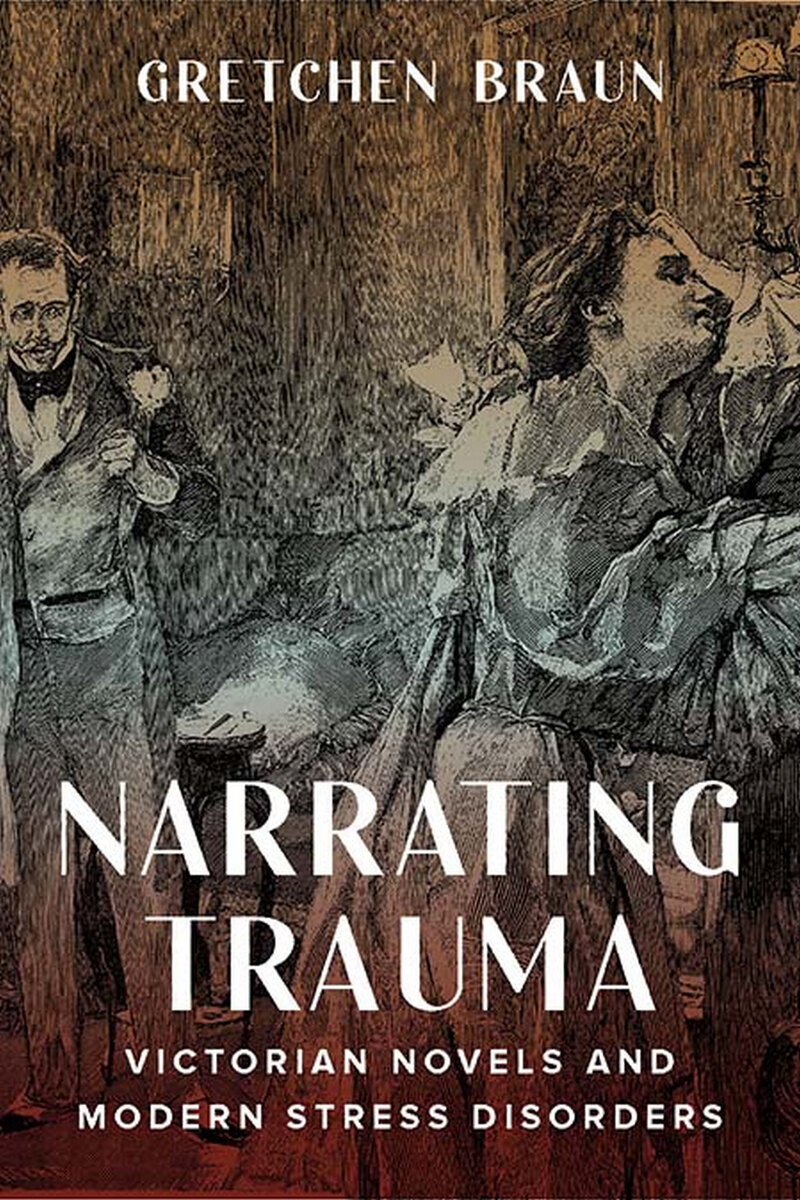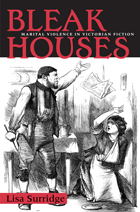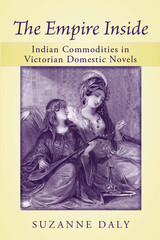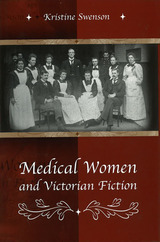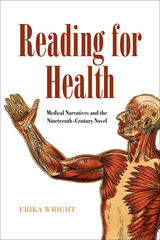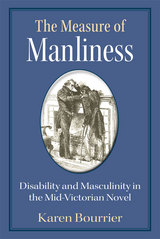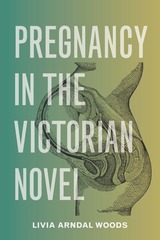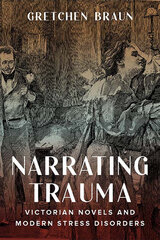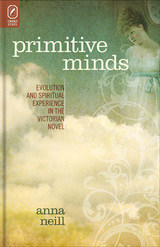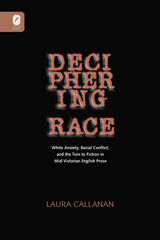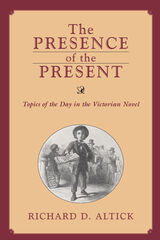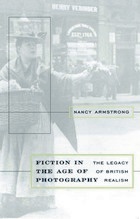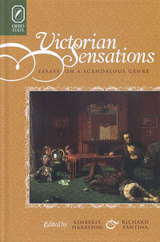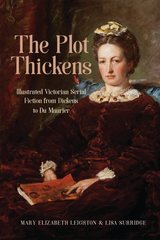Narrating Trauma: Victorian Novels and Modern Stress Disorders
The Ohio State University Press, 2022
Cloth: 978-0-8142-1484-8 | Paper: 978-0-8142-5832-3 | eISBN: 978-0-8142-8209-0
Library of Congress Classification PR878.P737B73 2022
Dewey Decimal Classification 823.8093561
Cloth: 978-0-8142-1484-8 | Paper: 978-0-8142-5832-3 | eISBN: 978-0-8142-8209-0
Library of Congress Classification PR878.P737B73 2022
Dewey Decimal Classification 823.8093561
ABOUT THIS BOOK | AUTHOR BIOGRAPHY | REVIEWS | TOC
ABOUT THIS BOOK
Neurasthenia, rail shock, hysteria. In Narrating Trauma, Gretchen Braun traces the nineteenth-century prehistory of those mental and physical responses that we now classify as post-traumatic stress and explores their influence on the Victorian novel. Engaging dialogues between both present-day and nineteenth-century mental science and literature, Braun examines novels that show the development of the mental dysfunction known as nervous disorder, positing that it was understood not as a failure of reason but instead as an organically based, crippling disjunction between the individual mind and its social context—with sufferers inhabiting spaces between sanity and madness.
Spanning from the early Victorian period to the fin de siècle and encompassing realist, Gothic, sentimental, and sensation fiction, Narrating Trauma studies trauma across works of fiction by Charlotte Brontë, Emily Jolly, Wilkie Collins, George Eliot, Charles Dickens, and Thomas Hardy. In doing so, Braun brings both nineteenth-century science and current theories of trauma to bear on the narrative patterns that develop around mentally disordered women and men feminized by nervous disorder, creating a framework for novelistic critique of modern lifestyles, stressors, and institutions.
Spanning from the early Victorian period to the fin de siècle and encompassing realist, Gothic, sentimental, and sensation fiction, Narrating Trauma studies trauma across works of fiction by Charlotte Brontë, Emily Jolly, Wilkie Collins, George Eliot, Charles Dickens, and Thomas Hardy. In doing so, Braun brings both nineteenth-century science and current theories of trauma to bear on the narrative patterns that develop around mentally disordered women and men feminized by nervous disorder, creating a framework for novelistic critique of modern lifestyles, stressors, and institutions.
See other books on: 1812-1870 | Dickens, Charles | English fiction | Gothic & Romance | Narration (Rhetoric)
See other titles from The Ohio State University Press
